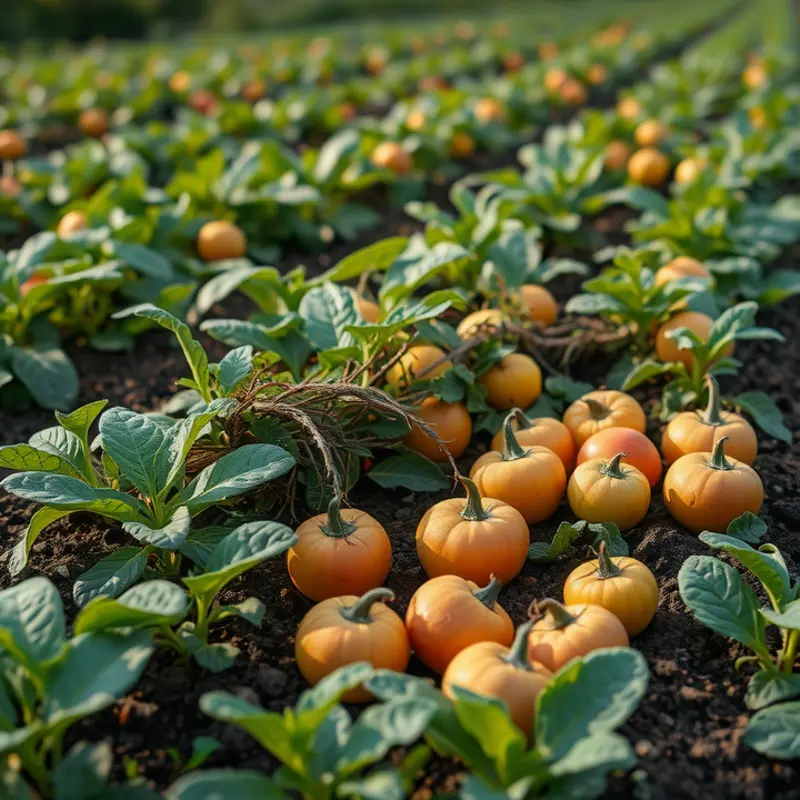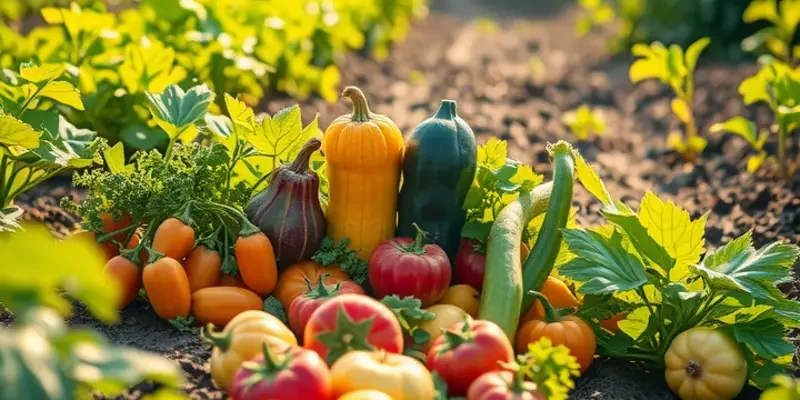Nothing ruins a delicious pie quite like a soggy, unappetizing crust. Whether you’re baking a savory quiche or a sweet fruit pie, achieving that perfect flaky crust requires attention to detail and a few key techniques. By understanding the science and art of pie crusts, you can elevate your baking skills and impress friends and family with perfect pies. Dive into these practical tips that cater to home cooks at all levels, ensuring your crust is always crisp and delightful.
Understanding Your Ingredients

A successful pie crust requires a deep understanding of the core ingredients: flour, fat, water, and salt. Each plays a vital role in determining the final texture and flavor, contributing to the goal of achieving that elusive flaky and crisp crust.
Flour forms the foundation of any pie crust. The protein content in flour affects gluten formation. All-purpose flour, with moderate protein levels, is a popular option, offering a balance between structure and tenderness. Alternatively, pastry flour, with lower protein content, creates a softer crust but may lack the structure needed for all pie types. The choice of flour affects moisture absorption, where higher protein flours can be more desiccating, calling for careful attention to hydration levels.
Fat is pivotal in coating the flour particles and shortening gluten strands, resulting in tenderness. Common fats include butter, lard, and shortening. Butter imparts a rich flavor and a tranche of moisture due to its water content. In contrast, lard and shortening add exceptional flakiness due to their higher melting points. The fat should be cold; this consistency allows it to remain distinct when mixed, creating layers that puff during baking. Mixing fat properly, often using a pastry blender or fingertips, avoids overworking that could lead to a tough crust.
Water binds the dough, but too much can promote gluten development, leading to chewiness. It’s crucial to keep water icy cold, mitigating fat melting and extending the working time. Add it gradually—tablespoon by tablespoon—gently mixing until the dough unifies. This step ensures hydration without an excess burden, achieving cohesion without compromising flakiness.
Salt elevates flavor and strengthens the dough structure, aiding in moisture balance. Salt should be evenly distributed among dry ingredients, emphasizing its influence on the gluten matrix and general taste enhancement.
Working with cold ingredients is an overriding principle. Cold water, chilled fat, and even refrigerated flour contribute to controlling the operation of fats and gluten. This principle is akin to techniques found in global culinary traditions where temperature precision is key, much like those discussed in resources about culinary influences and trade.
Incorporating these insights into your baking practices empowers you with the knowledge of how each ingredient’s characteristics impact your crust. Selecting the right combinations and understanding their interactions forms the basis for turning out perfectly flaky pie crust every time.
Techniques for Preventing Sogginess

Creating the perfect pie crust is an art form, and one of the most challenging aspects is preventing sogginess. A crisp and flaky crust complements any filling, but achieving this requires understanding and applying several essential techniques.
One of the most effective methods to avoid a soggy crust is blind baking. This technique involves baking the crust partially or fully before adding any filling. To execute blind baking, start by rolling out your dough and fitting it into your pie dish. Trim the excess and prick the base with a fork. Next, line the crust with parchment paper and fill it with pie weights or dried beans. This step is crucial as it prevents the crust from puffing up. Bake until the edges start to turn golden. Remove the weights and return the crust to the oven to dry out further for a crisp finish.
Incorporating an egg wash can create a barrier that helps maintain crust integrity. After blind baking but before adding your filling, brush a thin layer of beaten egg or egg white onto the crust. This simple step helps seal the surface and prevents the juices from soaking into the crust, thus ensuring the bottom stays crispy and light.
Choosing the right types of fillings also impacts the crust’s texture. Wet fillings, like fruit mixtures that release a lot of liquid, can lead to a soggy base. Use thickening agents such as flour, cornstarch, or tapioca to manage moisture levels. These thickeners absorb excess juices and help maintain a crisp crust.
Proper storage of your crust before baking is another important factor. Once your dough is prepared, let it chill in the refrigerator. Cold dough is less likely to shrink during baking, maintaining its structure better. If possible, chill your lined pie dish for about 30 minutes before baking. The cold dough entering a hot oven will create steam quickly, boosting flakiness.
For further insights into managing food storage and reducing waste, consider exploring this guide on safer storage practices. While it focuses on sauces, the principles of proper storage extend to pie-making as well, emphasizing the importance of keeping ingredients at optimal conditions.
These techniques form the backbone of creating a reliable, crisp crust that holds up against even the juiciest of fillings. By carefully considering each step, from blind baking to selecting thickeners, and maintaining the right storage conditions, you can elevate your pie-making routine to achieve consistently delightful results.
Final words
A perfect pie crust is the foundation of any great pie, and with these essential tips, you can prevent a soggy disaster. By understanding your ingredients and applying effective techniques such as blind baking and proper filling choices, you ensure that your crust consistently turns out flaky and delicious. Remember, practice makes perfect! Every pie you make adds to your skills in the kitchen. So don’t shy away from experimenting and making mistakes. Embrace the journey of baking, and soon enough, you’ll be known for your exceptional pie crusts.







